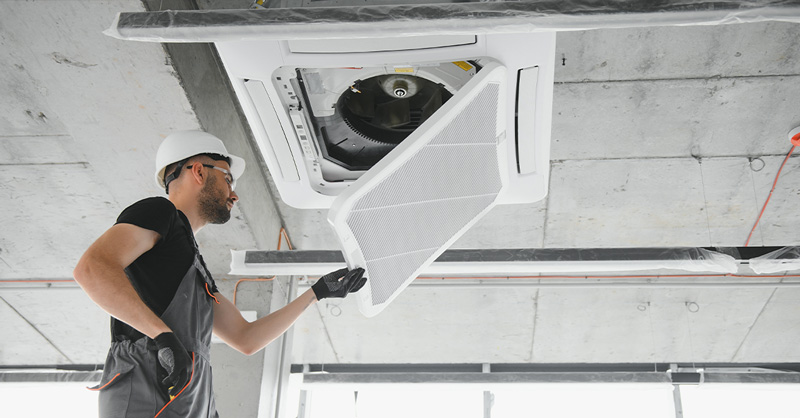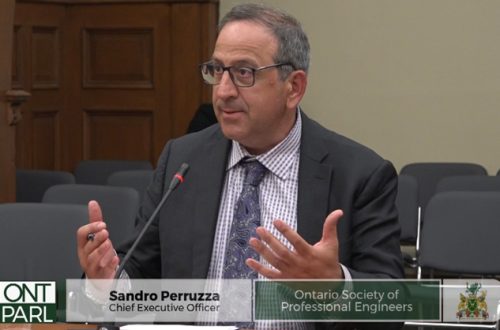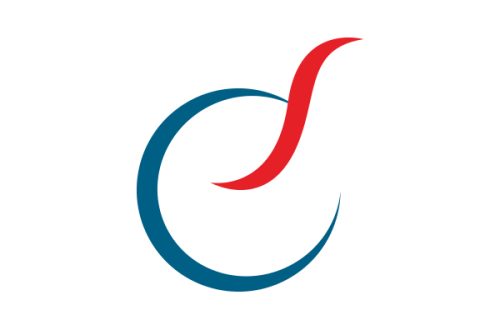As Ontario’s cities pursue ambitious climate goals, health and sustainability must go hand in hand.
The Ontario Society of Professional Engineers (OSPE) is urging the City of Toronto to integrate Indoor Air Quality (IAQ) into its net-zero strategy, especially in shared spaces where people spend much of their daily lives. While we applaud the city’s leadership in emissions reductions and building retrofits, there’s an important piece missing: ensuring that buildings provide clean, safe air for their occupants.
The COVID-19 pandemic underscored the importance of air quality in preventing airborne disease transmission. Now, increasing exposure to fine particulate matter (PM2.5) from wildfire smoke and urban pollution is a growing concern as well. And yet, the TransformTO Net Zero Strategy currently does not refer to key IAQ standards like:
- ASHRAE Standard 241 – Control of infectious aerosols
- ASHRAE Standard 62.1 – Ventilation and indoor air quality
- ASHRAE Guideline 44 – Protection from smoke and PM2.5
- The Lancet COVID-19 Commission Task Force – Global recommendations for safe indoor environments
These internationally recognized standards are fundamental to ensuring that our efforts to build greener buildings do not come at the cost of human health.
We also highlighted concerns about how Demand Control Ventilation (DCV) is being implemented. While DCV can be a powerful energy-saving tool, it must be used correctly.
Current practices that place CO₂ sensors only in central air return ducts may overlook under-ventilated zones in a building, contrary to ASHRAE 62.1 Addendum ab, which recommends zone-specific CO₂ monitoring.
We support DCV as long as it follows established engineering standards that balance energy efficiency with occupant safety.
To help the City of Toronto align its climate and health goals, OSPE is calling on Toronto to:
- Adopt a formal indoor air quality policy within the net-zero strategy.
- Align ventilation requirements with ASHRAE 241, 62.1, and Guideline 44.
- Introduce health-focused performance metrics and real-time monitoring in all buildings.





Leave a Comment